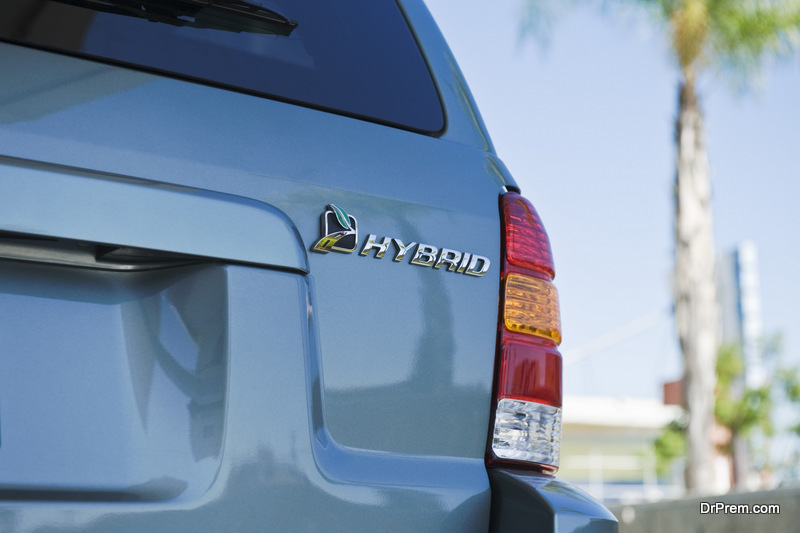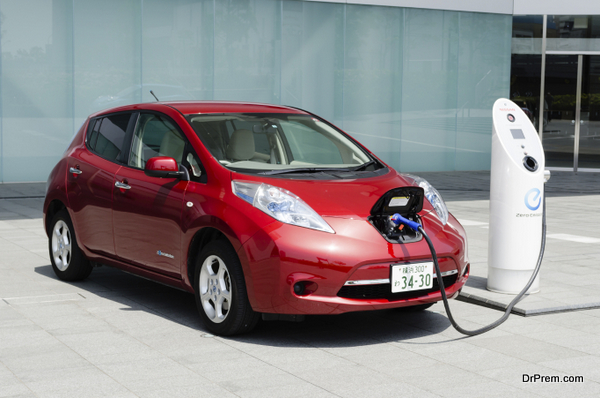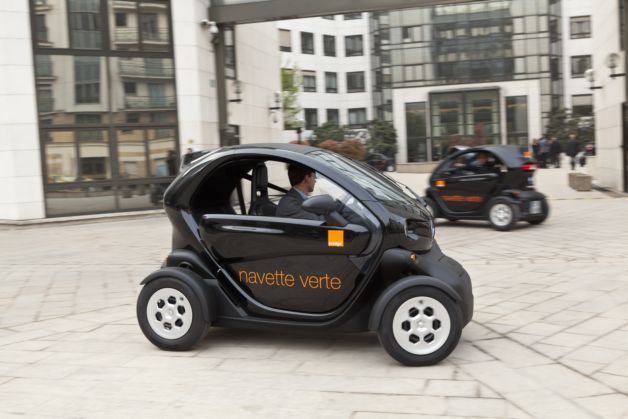Electric and hybrid cars are gaining popularity day by day. If you own or planning to buy one and have questions about it, it’s quite understandable. That is why we are presenting this guide where you can find all the information about operating your first electric car.
Reasons to buy electric vehicles
If you already purchased an electric vehicle then you must be knowing why it is better to opt for the same. If you are planning to buy a battery powered transport then you should know why it’s a smart choice to make.
a. EVs are smooth, looks stylish and gives better driving experience as compared to petrol and diesel models.
b. Engines of regular vehicles emit a huge amount of harmful gases such as CO2 (Carbon dioxide), CO (Carbon monoxide) and many more that makes negative impacts on our environment. The electric vehicles release a very small amount of CO2. We will discuss the same in detail later.
c. Annual cost to drive a fuel powered vehicle is $3600, which is ten times more than an EV. It takes only $360 per year to drive a battery powered vehicle. Read on to know more about the same.
Types

Three types of electric vehicles are available
Battery Electric Vehicle (BEV)
Runs completely on battery and electric motor. BEVs does not have any combustion engine inside. It has to plug into a power outlet for recharge. Like other electric vehicles, BEVs also charge their batteries from regenerative braking, a process where the electric motor is used to slow down the vehicle and gains back power from the heat discharged in the braking process. Examples:
Tesla Model S: Range up to 426km and price starts from $82,820
Nissan Leaf: Range of 120 km and the price is $ 31, 798
BMW i3: Range of 160 km and the price of $44, 950
Hybrid Electric Vehicle (HEV)
HEVs come with two power systems: Electric motor/battery and the gasoline engine with a fuel tank. Both of them can power on transmission to move the wheels. These vehicles cannot take charge from external electric plugs, all the charge to the battery comes from the engine and regenerative braking. Some examples are Audi Q5 Hybrid ($57, 000), Acura ILX Hybrid ($35, 290), BMW Active Hybrid 3 ($58, 300) etc
Plugin Hybrid Electric Vehicle (PHEV)
These vehicles has the battery as well as electric motor and can be charged from a power outlet. In addition to the electric motor, PHEVs also has the internal combustion engine to charge the battery or to replace it once low. Few examples:
BMW i8: Range of 37 km on the electric engine, the price is $135,925
Cadillac ELR: Range of 59 km on electric plus 488km on gas, the price is $78, 250
GM Chevy Volt: Range of 60km on electric plus 500km on the combustion engine, the price is $ 36, 895
Now, we know the types. Let us talk about the different traits that will help you while operating your first electric car
1. Safety:
 Compromising on safety is a past thing for Electric vehicle owners. All the modern battery-operated vehicles have the same level of safety as compared to the petrol or diesel models. Chevrolet Volt and Nissan LEAF even have five-star ratings from NCAP.
Compromising on safety is a past thing for Electric vehicle owners. All the modern battery-operated vehicles have the same level of safety as compared to the petrol or diesel models. Chevrolet Volt and Nissan LEAF even have five-star ratings from NCAP.
2. Space: Electric cars like Nissan LEAF, VW e-Golf, Kia Soul EV and many more has seats to accommodate five individuals. They all come with comfortable leg space and has enough battery average daily commute.
3. Charging time: It totally depends upon the battery and car size. Typical charging time using a standard UK outlet is six to eight hours. New EVs supports fast charging and can be charged up to 80% within 30 minutes. PHEVs takes less time because they have smaller batteries as compared to other variants.
4. Cost: Electric vehicles are comparatively expensive if compared to petrol or diesel variants. The prices are high just because of the high tech batteries that offer good mileage and support fast charging as well. Do not run off because the initial purchasing price is high but the running cost is very low. Charging price is low and you will be getting free parking on most of the places. On top of that, the tax is waived off from all the electric vehicles.
5. Environmentally friendly: Electric cars are advertised as zero emission vehicles, but that is not absolutely correct. While generating the electricity in a mid-sized EV, it emits around 80g/km of carbon. Talking about combustion engines, the carbon footprint is about 160g/km. Clearly, electric vehicles favor the Eco-system.
6. Climatic effect: All the major car manufacturers like Nissan, BMW, Renault test their products in extreme weather conditions. Result – electric vehicles will perform fine in extreme heat or cold, rain and snow. Batteries will be fine for weeks even under negative temperature, but only if they are plugged in.
If you use the heater while operating your first electric car, the batteries will drain fast. So, it heats the cabin through pre-conditioning, a process battery-powered vehicles follow to heat the interior while getting charged. For extreme heat, manufacturers deploy water and oil cooling in the cars to protect the batteries.
Frequently asked questions:
How far can you drive?
All the electric vehicles available today can run up to 100 km before another battery top up. You can check the battery bar on the dashboard while operating your first electric car just like you check the petrol gauge in fuel propelled variants. Take the example of a smartphone, you charge it in the night or once you see that the battery is low. Do the same with your EV, charge it using any power outlet at your home or public charging station.
How to charge the EV?
As we already told, that you can use the regular power outlet at your home or a public recharge station to charge the EV. However, the charger and charging time differs.
Level 1, Tickle charge: The charger comes with the EV and can be used at any 110v power outlet. This charger takes around eight hours to fully charge the vehicle.
Level 2, Charge at Home: A 220v charger can be installed at your place by a certified electrician if you need fast charging. Such chargers will top up the battery within 4 hours and you get 42 km added every hour.
Level 3, Public recharge station: You can find charging stations around you using plugshare.com. Generally, such station will charge the vehicle within 4 hours while adding 25 km per hour.





